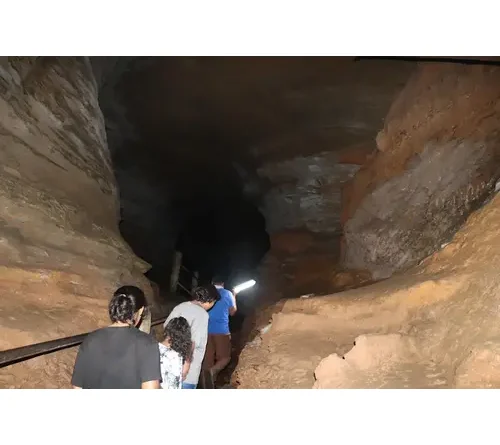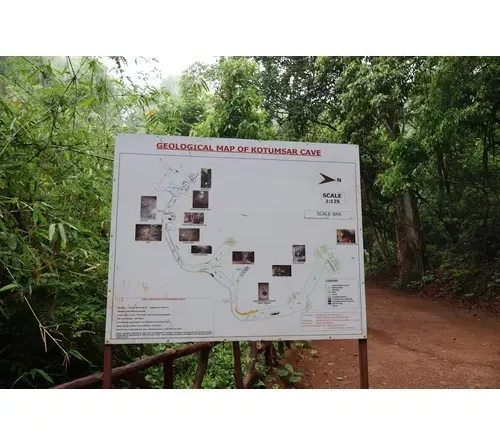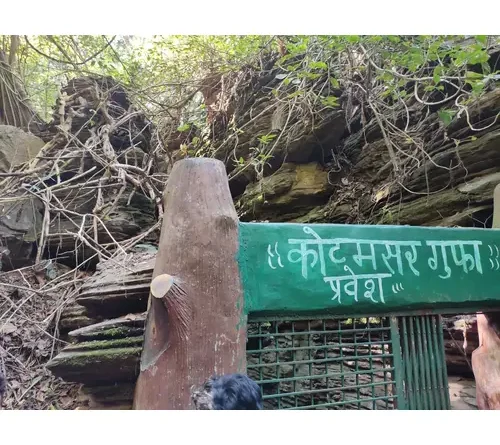Kotmasar Gufa Shiv Mandir/Kotumsar Cave Chhattisgarh
Land of Mysteries- Kutumsar Cave (Jagdalpur) Bastar
Located in Kanger Valley. A creepy cave called Gopansar Cave (Kutumsar Cave). According to the evidence, primitive humans used to live in this cave. Research has also proved that millions of years ago, humans used to live in these caves in prehistoric times. Scientists believe that millions of years ago this place used to be submerged in water.This cave was formed due to the flow of water.
There is severe darkness in this cave. After entering the cave it seems as if it is already night. With the help of torch and other equipment, the grand views inside it can be seen. This cave is quite huge, considering the size of the cave. It appears to be similar in shape to a snake.There are many naturally formed chambers inside the cave, whose length and width have been measured from approximately 21 to 72 meters. Some space inside it has been kept closed. In which the possibility of finding many other paths and rooms is being said. This Kutumsar cave is known as the second largest cave in the world. The cave has been compared to the Cave of Caves in America (“Carlswar of Cave”).
History of Kutumsar Cave
This cave was discovered by local tribals around 1900. Kutumsar Cave was surveyed for the first time in 1951 by the famous geographer N Shankar Tiwari along with local residents and some archaeological department team. Due to the immense support of Shri Tiwari, this cave completely came to light. That is why the credit for the discovery of this cave has been given to Shankar Tiwari.
Features of Kutumsar Cave
This Kutumsar cave is about 54 feet below the ground. Its entrance is quite narrow. But as soon as we reach inside, it seems like a different world. Iron stairs have been arranged by the Archaeological Department. The length of the cave is 4500 meters. Inside the cave, due to the leakage of limestone and the chemical reaction of carbon dioxide and water, many natural formations can be seen inside from the surface to its roof. In which structures like stalagmite and dripstone can be seen.
The chandeliers hanging on the ceiling are called stalagmites and the pillars going up from the ground are called stalagmites and the big sized pillars reaching from the ceiling to the ground are called dripstones.
A Shivalinga is naturally present inside the cave.
Which the local people have been worshiping for centuries. Local people believe that Lord Ram had come to this cave during his exile period.
















